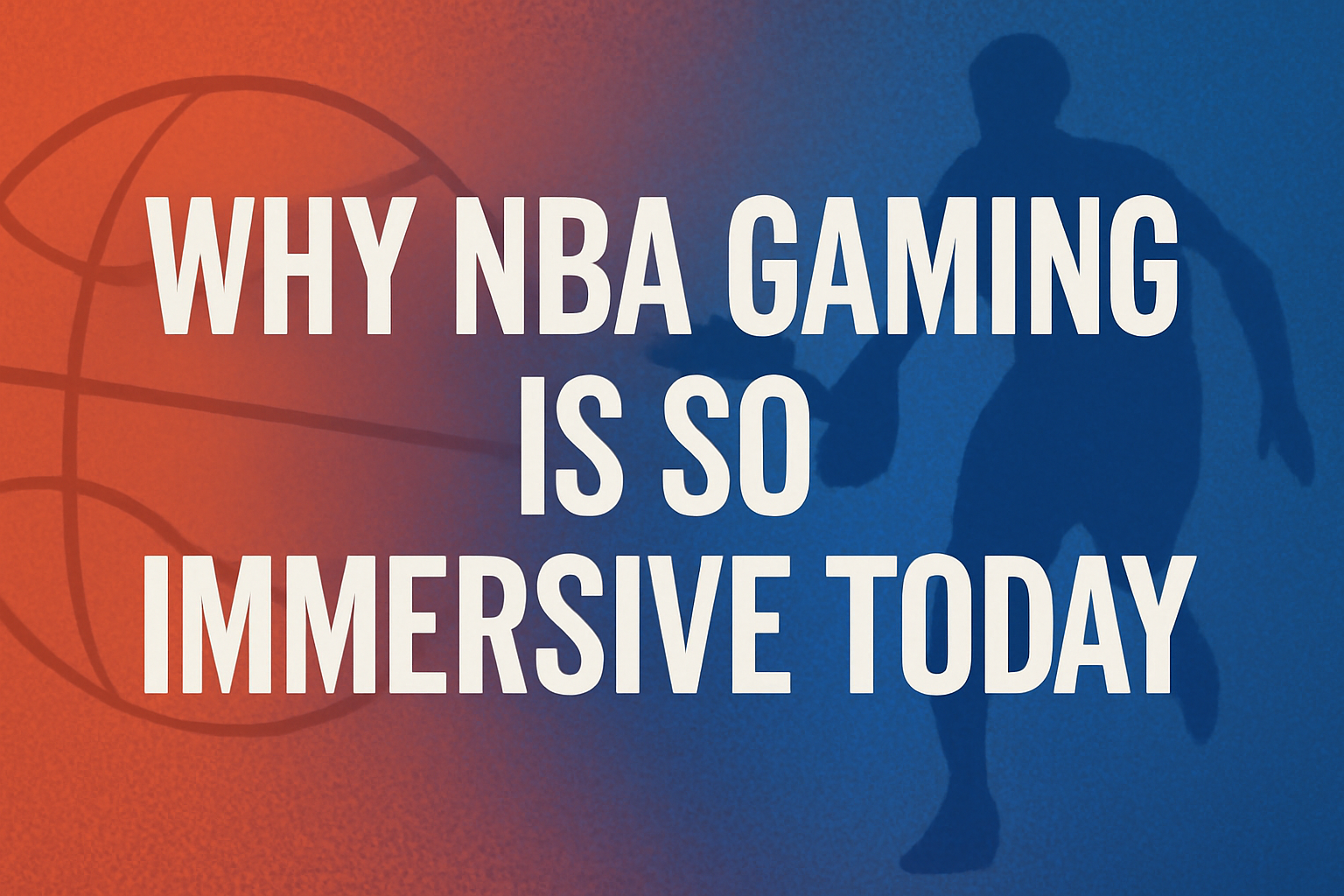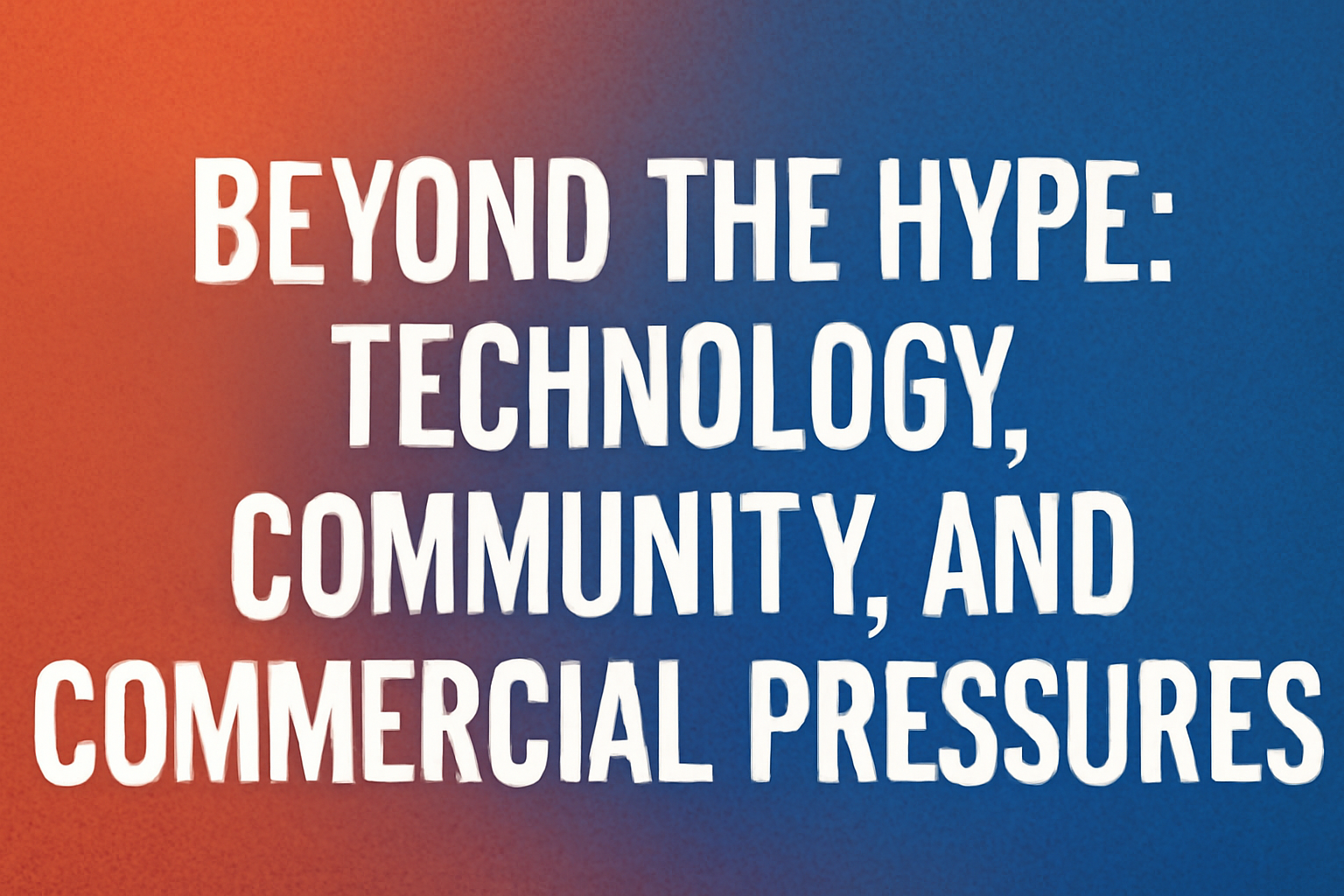
Introduction: The Allure and Trap of Modern NBA Gaming Immersion
NBA video games, especially flagship titles like NBA 2K23 and NBA 2K24, now stand at the pinnacle of digital sports entertainment. The franchise commands not only a loyal player base but also mainstream attention, bridging the gap between sports simulation and cultural phenomenon. Critics and fans alike marvel at the lifelike visuals, intuitive mechanics, and deep gameplay loops that blur the line between game and broadcast. To many, these titles feel less like “games” and more like interactive basketball worlds.
But there is a second story, less glamorous but equally important: immersion in NBA gaming is not merely about graphics and physics. It’s also about how developers design, monetize, and market this realism. What looks like authenticity may sometimes be a carefully constructed commercial ecosystem, one that entices players to spend more time and, crucially, more money.
This blog goes beyond surface-level praise to critically dissect how immersion is built, maintained, and sometimes compromised. Does NBA gaming today genuinely capture the spirit of basketball, or does it instead use realism as a lure for monetization? Let’s examine the evolution, the triumphs, and the shortcomings of this immersive experience.
Timeline: The Evolution of NBA Gaming Immersion
- Early 2000s: NBA games leaned on arcade-style fun. Blocky graphics, simple animations, and limited modes defined the experience. Immersion came through flashy dunks, recognizable logos, and player likenesses that were rudimentary but exciting for the era.
- 2010s: The rise of motion capture and expanding online play brought a leap forward. Player faces became recognizable, crowd physics improved, and official commentary tracks lent authenticity. Immersion meant hearing real announcers call your name while teammates reacted believably on the court.
- 2020–2023: NBA 2K23 epitomized modern immersion. Era-specific presentation, hyper-realistic animations, adaptive AI, and haptic feedback pushed the genre toward true simulation. Players could jump between decades, re-living Michael Jordan’s career or managing the NBA of the future. The immersion wasn’t only visual it was structural, emotional, and mechanical.
The Good: Why Immersion Works So Well in Today’s NBA Games
1. Graphics and Animations
Next-gen NBA games are a showcase for modern hardware. With facial scanning, sweat rendering, and hyper-fluid animations, each player feels distinct. Legends like Magic Johnson or Kobe Bryant are recreated with such attention to detail that gameplay often resembles archival footage. Retro presentation filters replicate broadcasts from the ’80s and ’90s, turning nostalgia into a playable art form.
2. Era-Specific Modes and Commentary
The Jordan Challenge and MyNBA Eras allow players to step into different basketball timelines. Courts, uniforms, TV-style overlays, and announcer banter are era-accurate. Beyond being a love letter to history, these modes also deepen immersion by making you feel like part of basketball’s evolving narrative. For fans, this isn’t just gaming; it’s interactive sports heritage.
3. Responsive Controls and Mechanics
Modern mechanics reward skill and decision-making. Signature jump shots reflect real-life form, while systems like adrenaline boosts add strategic layers. Offense and defense no longer feel like button-mashing contests but rather tactical exchanges. Every crossover, block, and fast break feels earned, echoing the physicality of the real NBA.
4. Smart AI and Dynamic Gameplay
AI evolution is a cornerstone of immersion. Defenders double-team intelligently, stars demand the ball, and bench players fade into the background as they should. Transition plays mirror real NBA broadcasts, while fatigue management forces long-term strategy. At times, the game’s pacing is so authentic that you forget you’re not watching a live telecast.
5. Rich Game Mode Variety
Immersion is also about choice. Whether you want to live out a MyCAREER journey, build dynasties in MyTEAM, manage an entire league, or replay legendary moments, there’s a mode for every style of fan. The sheer diversity of options ensures no two players engage with the game in exactly the same way.
The Critique: Where Immersion Falters and Frustrates
1. Monetization Overload
Immersion falters when progression systems are paywalled. In MyCAREER and MyTEAM, upgrading players often requires grinding or opening your wallet. Virtual Currency (VC) dominates progression, meaning skill alone is rarely enough. Instead of celebrating achievement, the game frequently reminds players of their financial limitations, breaking the illusion of a fair basketball journey.
2. Superficial Realism
Visual fidelity cannot mask every flaw. Despite lifelike models, odd AI quirks, legacy bugs, and inconsistent foul logic can break immersion in an instant. Commentary, while initially impressive, grows repetitive over long sessions. The illusion of realism only lasts until a glitch or recycled phrase pulls you back to reality.
3. Content Fragmentation
Modern NBA titles overwhelm with modes, menus, and currencies. The pure joy of basketball often gets buried beneath battle passes, collectibles, and upgrade trees. For new players, this labyrinth of content can dilute the immersive experience, leaving them confused rather than engaged.
4. Connection and Latency Issues
Online immersion is only as strong as your connection. Matchmaking delays, lag spikes, and server errors routinely disrupt gameplay. Few things break immersion more than executing a perfect move only to watch it stutter or fail due to latency. In a supposedly cutting-edge simulation, these reminders of technological limits are especially jarring.

Beyond the Hype: Technology, Community and Commercial Pressures
Next-Gen Hardware as a Divide
The immersive spectacle relies on next-gen hardware: lightning-fast SSDs, ray-tracing GPUs, and advanced haptic controllers. But not all players can afford $500 consoles or $70 games. This creates a tiered experience where only the privileged access the fullest immersion. Instead of a shared simulation, NBA gaming risks becoming an exclusive club.
Esports and Streaming Influence
NBA gaming has become a spectator sport. Esports tournaments and Twitch streams shape community expectations. Developers now design features not just for players but for viewers, prioritizing flashy animations and sponsored events. This dual focus amplifies immersion for some but risks warping design priorities away from single-player authenticity.
Player Feedback Loops
2K actively gathers feedback, but community influence is uneven. Requests for fair progression or bug fixes often take a backseat to monetization-driven features. While immersion grows through mechanics like realistic animations, it’s often undercut by ignored community frustrations. In this way, immersion becomes conditionally crafted when it benefits revenue and overlooked when it does not.
The Path Forward: What True Immersion in NBA Gaming Should Mean
Transparency in Monetization
For immersion to feel genuine, developers must address pay-to-win perceptions. Transparent systems that reward time and skill without constant prompts for purchases would enhance authenticity. Imagine a MyCAREER where hard work, not spending, defined your journey.
Consistency in Realism
True immersion isn’t just pretty sweet physics; it’s AI logic that holds up across thousands of games. Developers must polish the core basketball engine, ensuring fouls, defense, and tactics feel believable. Cosmetic upgrades cannot compensate for gameplay imbalance.
Broader Accessibility
Immersion should not hinge on financial status or hardware power. Features like cross-play, scalable graphics, and fairer VC distribution could make the full experience available to a wider audience. After all, basketball itself is a global sport defined by accessibility; the video game equivalent should honor that spirit.
Conclusion:
There is no denying that NBA gaming today offers levels of immersion unimaginable twenty years ago. From breathtaking visuals and era-specific modes to AI sophistication and community-driven content, modern titles are triumphs of design and technology. They capture the essence of basketball as entertainment, memory, and culture.
Yet, these immersive strengths are often co-opted into commercial strategies. Monetization pressures, superficial flaws, and accessibility divides remind us that realism is never neutral; it is curated. The very features that bring us closer to basketball also tether us to virtual economies and brand ecosystems.
For players, the critical question is not whether NBA gaming is immersive; it is. The real question is whether this immersion enriches the basketball experience or exploits it. True immersion should mean fairness, balance, and accessibility, not just eye-popping graphics and endless spending loops.
If fans and critics continue to demand transparency and polish, NBA gaming can evolve into more than just a lifelike spectacle. It can become a genuinely authentic basketball simulation, one where immersion belongs to every player, not just the paying elite.